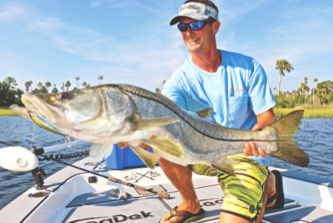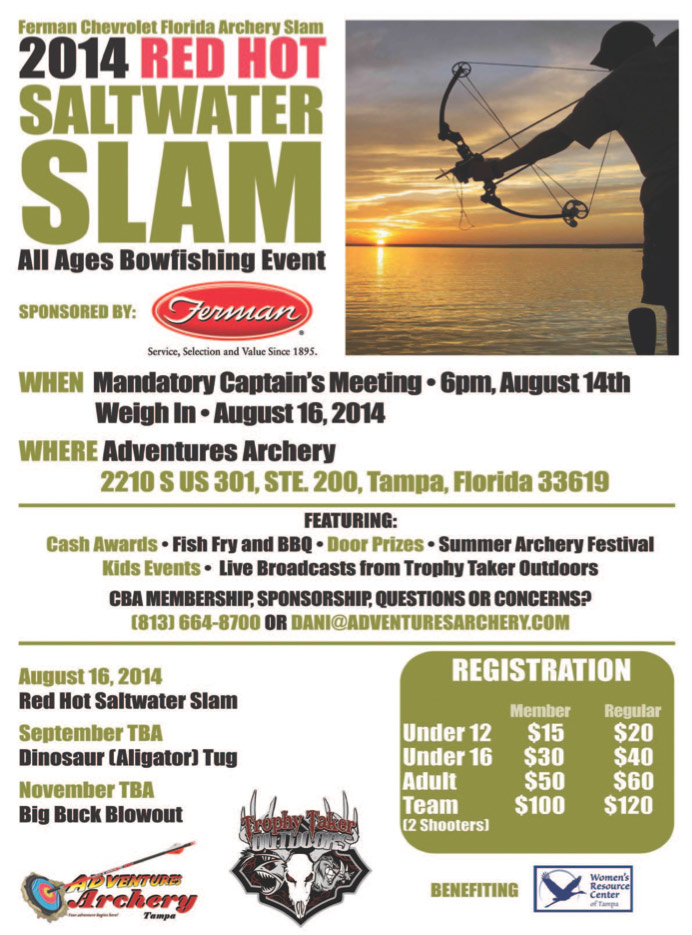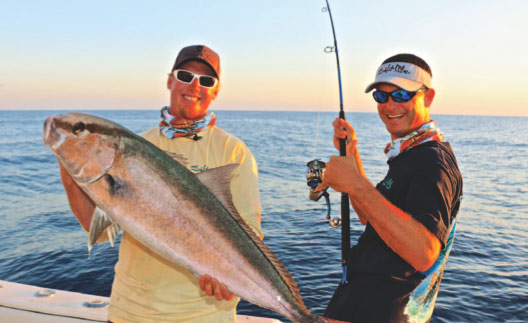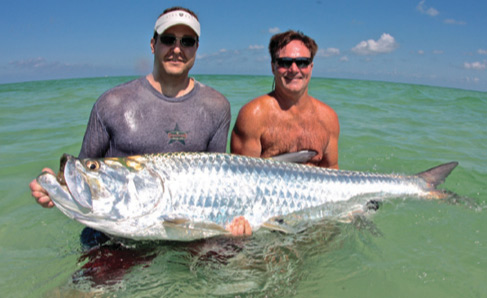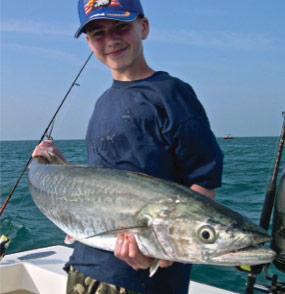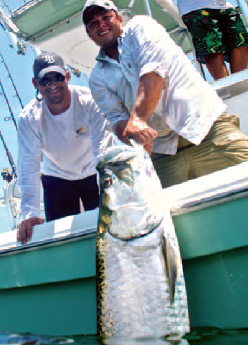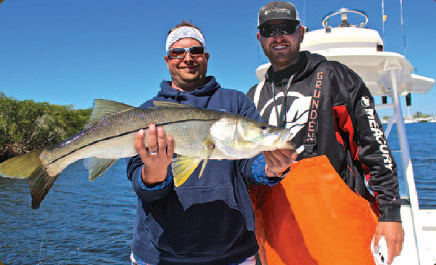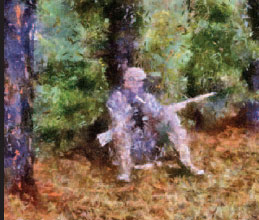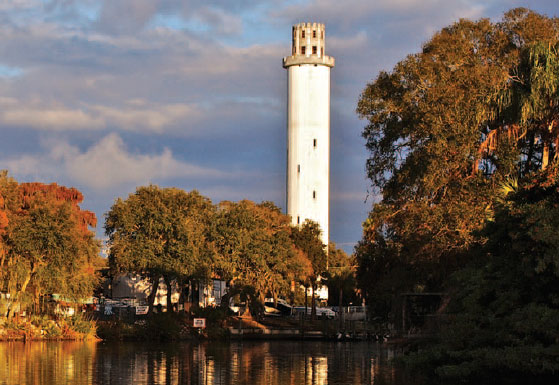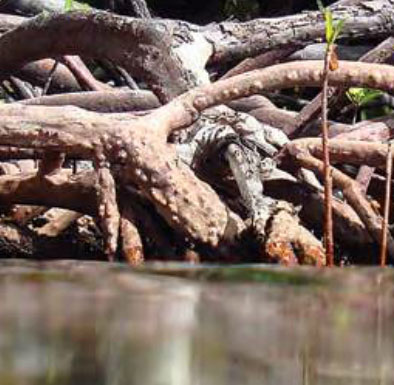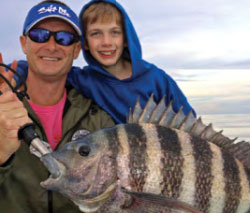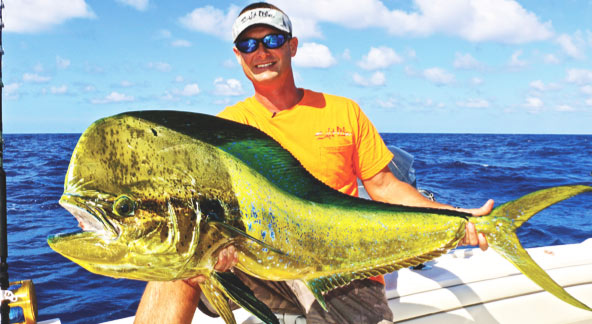Is there a snook fishery emerging North of Tampa, or is catching a snook in the Big Bend considered rare and often referred to as an accidental catch? The area I am referring to is between Chassahowitzka and Yankeetown in the southern end of the big bend region. When did snook really begin to flourish in this area? What makes this unique area the perfect place for snook habitat? Finally, what techniques and methods would allow anglers to have a shot at catching a big bend linesider?
My granddaddy and other old timers used to
tell me stories of catching all the trout and red- fish one could ever dream of, back in the day. I remember hearing about going back in the warm water discharge and catching hundreds and hundreds of trout and reds in the winter, however, I never heard him tell me about a snook. Then, one day about 15 years ago, I found myself fish- ing in the same canal in December. It was just a few hours before dark and the tide was falling and my topwater lure got smashed. I assumed I had a big jack, but after a long fight, it turned out to be a 41-inch snook. For the next two hours, we hooked snook after snook; most fish were between
35 and 40 inches. Over the next decade the snook population grew very fast in this area and became my favorite fish to target. Then in 2010 a freeze killed a large portion of the snook on the west coast of Florida, however, a large portion of the fish in the northern reach were not affected by the freeze.
The southern area of the big bend is able to sus- tain such a healthy snook population due to its fresh water springs, warm water discharge canal and proximity to deep water. All of these factors have given snook a safe refuge during the colder winter months. The springs of Chassahowitzka, Homosassa and Crystal River pump out water with a temperature of 72 degrees year round. The Power plant warm water outflow pumps out warmer water than the gulf in the winter. More importantly, the barge canal had to be dredged out and maintains an average depth of 25-30 feet deep to allow coal barges to access the power plant. Also, the Withlacoochee River has and average depth of around 15 to 20 feet with a few holes that are 40 foot deep. As a result, the snook have been able to survive the colder winters we are known for here on the Nature Coast.
When targeting snook in this area, there are a few very important things to take into consideration. The tidal flow, water temperature, bait/lure you choose to present to the fish and the topography are key. I have found from years of trial and error that an outgoing tide is the best time for snook to feed. Near the new moon, I like a big outgoing tide
early in the morning and near the full moon, I prefer to fish a big outgoing tide near dark. Look for snook to feed when the water temps are in the lower to mid 60’s and above. The best bait in our region is live finger mullet and smaller ladyfish. If you are fishing with artificial bait, the Yo-zuri Crystal Minnow is my lure of choice and out fishes any other lure I have ever used. It can be worked at the perfect depth where the snook are waiting to feed. Our snook will be found near deep-water channels, they stack up on the edges of these channels to feed. If there is structure like a rock pile to slow the cur- rent, the snook will use this to their ad- vantage to exert less energy while holing in place. Turns in the rivers will create eddies when the tide falls and are perfect places to look for snook, also, deeper cuts in between sand and oyster bars are perfect ambush spots for feeding snook.
Not only does the Nature Coast offer an extraordinary snook fishery, I believe there are more large female snook caught here than in any other area on the West Coast of Florida. Much like the largest bonefish in the world are caught in their far northern reaches, I believe the same holds true for snook. I have no idea why the snook worked their way north, but I know why they decided to stay. Snook can be targeted here year round and if you take the conditions into consid- eration and present the right lure to the fish, the snook of a lifetime can be waiting for you on the Nature Coast.
Photos by Captian Jimmy Nelson


